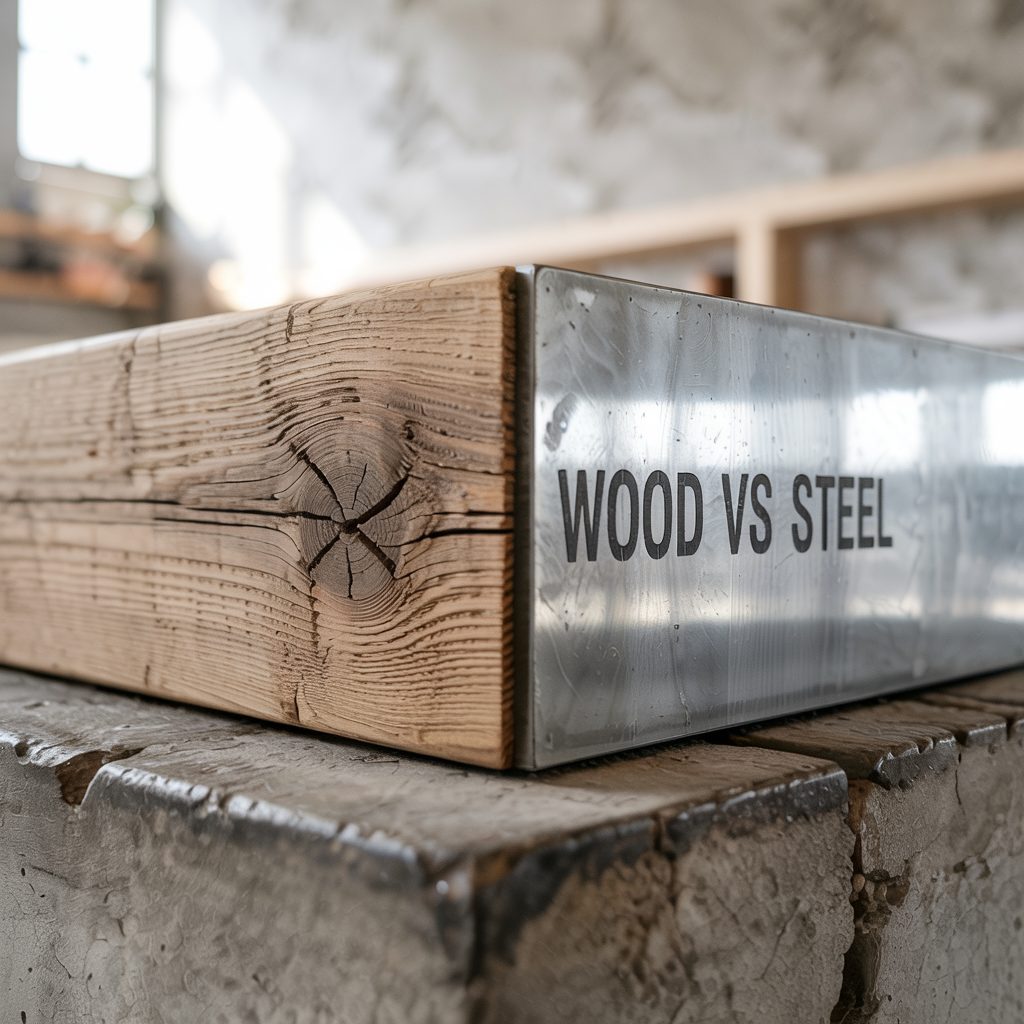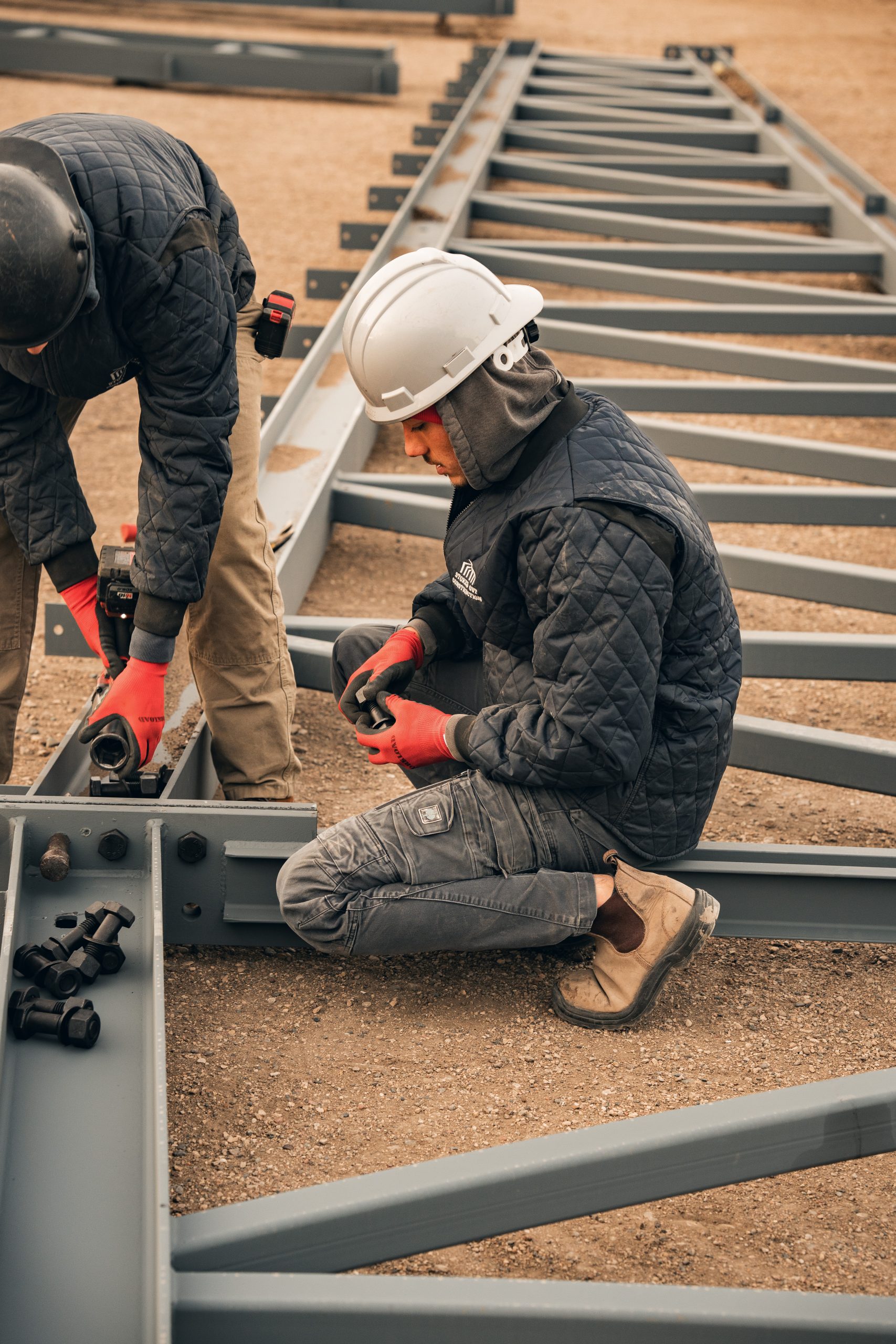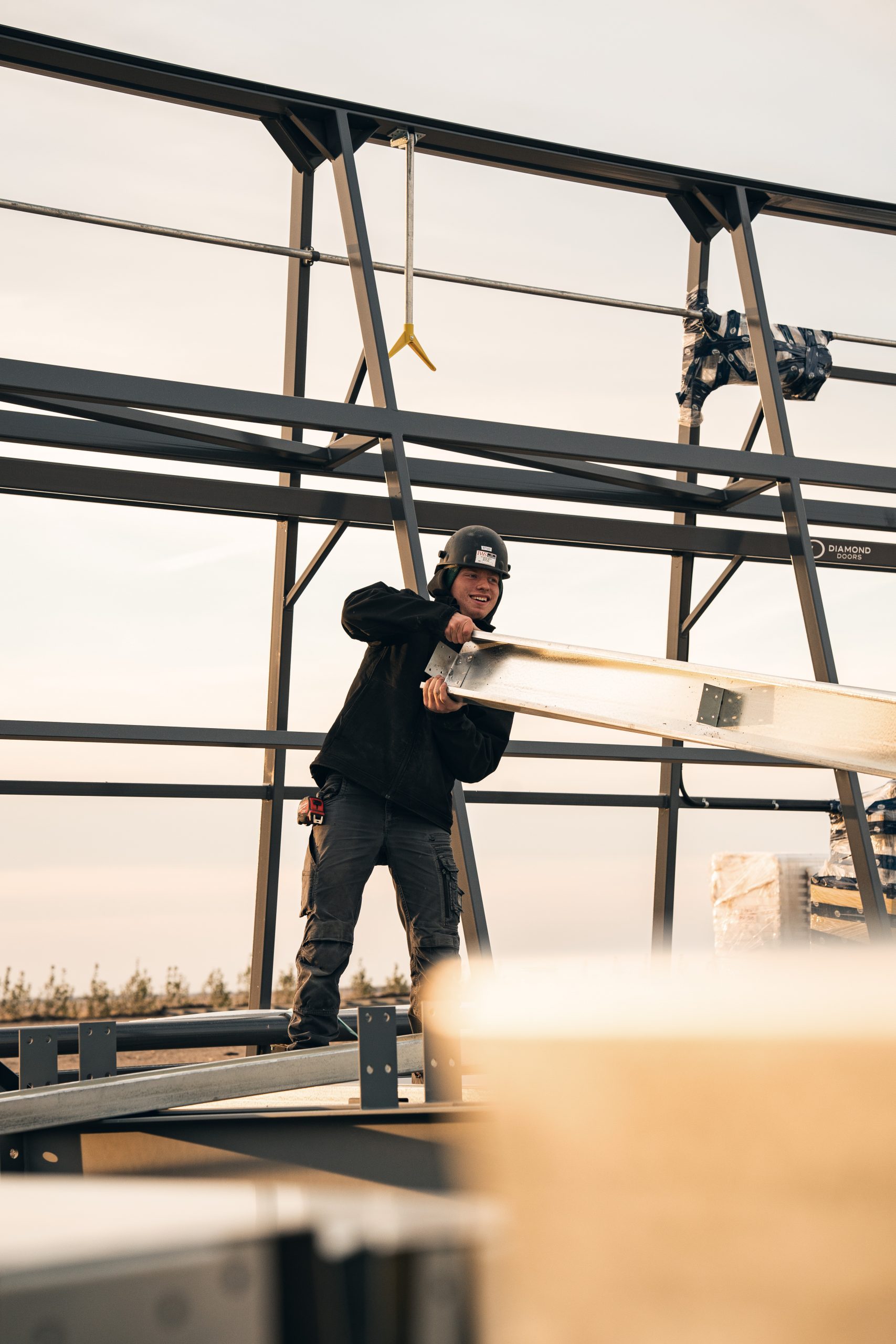You’re standing at a crossroads. The building material you choose today will impact your structure for decades. While wood has served as the traditional go-to for many construction projects, a fundamental shift is happening among forward-thinking builders and property owners.
The reason? Long-term value.
When evaluating construction materials, focusing solely on initial costs creates a distorted picture. The true value equation must factor in longevity, maintenance requirements, structural performance, and environmental impact over the entire lifecycle of the building.
This more sophisticated calculation is driving many to reconsider steel.
The Durability Equation
Wood rots. It warps. It splits. It attracts termites and other pests. These aren’t flaws in any particular wood product—they’re inherent characteristics of an organic material exposed to the elements.
Steel, by contrast, stands resolute against many of these challenges. It doesn’t rot or warp with moisture. Termites find it distinctly unappetizing. When properly treated against corrosion, steel maintains its structural integrity for decades with minimal intervention.
This fundamental difference in material behavior creates a cascade of long-term advantages that compound over time.
“I replaced wooden support beams three times in twenty years,” says Tom Freeman, a commercial property owner in the Midwest. “After switching to steel framing during a major renovation, that particular headache disappeared entirely.”
This experience isn’t unusual. While wood requires regular inspection and maintenance to prevent deterioration, steel structures typically need only periodic visual assessment and basic upkeep of protective coatings.
Beyond Purchase Price: The Real Cost Calculation
The upfront cost of steel often exceeds that of wood. This fact cannot and should not be ignored. But stopping the analysis there misses the bigger financial picture.
Consider the total cost of ownership over a 30-year period:
With wood construction, you’re looking at regular maintenance cycles—protecting against moisture, treating for insects, replacing damaged sections. Depending on climate and exposure conditions, major structural components may need replacement within 15-20 years.
Steel construction typically involves higher initial costs but requires significantly less maintenance. The replacement cycle stretches to 50+ years for many components. This extended lifespan fundamentally changes the long-term economics.
Insurance companies have taken notice. Many offer reduced premiums for steel construction due to greater fire resistance and structural integrity during extreme weather events. These savings alone can offset a significant portion of the initial cost differential over time.

When Disaster Strikes
The superior performance of steel becomes most evident during extreme events.
Fire resistance represents perhaps the starkest contrast. While wood actively fuels a fire, steel maintains its structural integrity significantly longer during high-temperature events. This crucial difference can mean the difference between containable damage and total loss.
Similarly, steel’s consistent performance during hurricanes, tornadoes, and earthquakes results from its superior strength-to-weight ratio and ductility—its ability to bend without breaking under pressure.
These performance advantages translate directly to your bottom line through reduced repair costs, business continuity, and potentially lower insurance premiums.
But there’s another factor rarely discussed in traditional cost comparisons.
The Environmental Calculus
The environmental comparison between steel and wood isn’t straightforward, but it’s increasingly important to understand.
Wood, as a renewable resource, starts with natural advantages. Trees absorb carbon as they grow, and that carbon remains sequestered in lumber products. This carbon capture represents a significant environmental benefit.
Steel production has historically been energy-intensive. However, technological advances have dramatically reduced this footprint. Modern steel contains an average of 25% recycled material, with some products reaching nearly 100% recycled content.
Here’s where the lifecycle perspective becomes crucial. Steel’s recyclability (nearly 100% recyclable without degradation) and exceptional longevity change the environmental calculation dramatically.
When a steel structure reaches the end of its useful life—often decades later than a comparable wood structure—the material doesn’t end up in a landfill. It reenters the production cycle, reducing the need for new raw materials.
This cyclical lifecycle, combined with steel’s durability, often results in a lower lifetime environmental impact despite higher initial embodied energy.
Precision and Predictability
Another advantage rarely factored into initial comparisons is the dimensional stability of steel.
Wood changes dimension with temperature and humidity. It shrinks, swells, twists, and cups as environmental conditions fluctuate. These movements, while small in any single component, compound throughout a structure.
The result? Squeaky floors. Sticking doors. Cracked drywall. These aren’t just annoyances—they represent ongoing maintenance costs and potential structural issues.
Steel maintains consistent dimensions regardless of humidity, temperature fluctuations, or age. This stability translates to fewer callback repairs, reduced warranty claims, and structures that maintain their integrity and performance specifications over time.
For commercial applications, this predictability allows for tighter tolerances in design and more efficient use of space—turning construction precision into real-world square footage advantages.
Adaptation and Modification
Buildings rarely remain static throughout their lifecycle. Renovations, expansions, and repurposing happen regularly as needs evolve.
Steel’s strength-to-weight ratio creates inherent advantages when modification becomes necessary. Larger spans between support points mean fewer walls are load-bearing, creating more flexible interior spaces that can be reconfigured without major structural work.
This adaptability represents significant value for commercial properties where tenant needs change regularly. The ability to reconfigure space without major structural intervention keeps buildings competitive in changing markets.
On residential projects, this same flexibility allows homes to evolve with changing family needs rather than forcing relocations or major renovations.
Market Value Over Time
Perhaps the most compelling aspect of steel’s value proposition lies in its impact on property valuation over time.
Buildings with steel structural components typically demonstrate slower depreciation rates than wood-framed alternatives. The reduced maintenance requirements, superior performance during extreme events, and longer overall lifespan translate directly to property valuation.
This advantage compounds with each passing year. What begins as a modest premium can develop into a substantial valuation difference as the wood structure enters its maintenance-intensive middle age while the steel structure continues performing with minimal intervention.
For investment properties, this valuation stability directly impacts return on investment calculations. For owner-occupied properties, it represents preserved wealth and expanded future options.
Making the Decision
The shift toward steel isn’t universal, nor should it be. Wood remains appropriate for many applications, particularly where initial cost constraints are paramount or where specific aesthetic or performance characteristics are required.
However, the long-term value equation increasingly favors steel for those able to consider the complete lifecycle perspective.
When evaluating your options, consider these questions:
How long do you intend to own the property? Longer ownership periods typically strengthen steel’s advantage.
What is your tolerance for maintenance and repair activities? Steel significantly reduces these ongoing requirements.
How important are predictability and consistency in your structure’s performance? Steel offers superior dimensional stability and consistent behavior.
What environmental factors will impact your structure? In harsh environments, steel’s performance advantages become more pronounced.
The answers will help guide your decision toward the material that truly delivers the best long-term value for your specific project.
The Future Perspective
As building codes evolve to address climate resilience, energy efficiency, and sustainability, steel’s inherent advantages position it favorably for future regulatory environments.
Its precision allows for tighter building envelopes and better energy performance. Its resilience aligns with increasingly stringent disaster-resistance requirements. Its recyclability supports circular economy objectives.
These factors suggest that steel’s value proposition will likely strengthen further as regulatory frameworks continue to evolve toward life-cycle performance metrics rather than simply addressing initial construction.
The most forward-thinking builders and property owners recognize this trajectory. They’re making material choices today that align not just with current conditions but with the probable future of construction requirements and performance expectations.
They understand that true value isn’t measured at the checkout counter—it’s calculated across decades of ownership.
And increasingly, that calculation points to steel.



